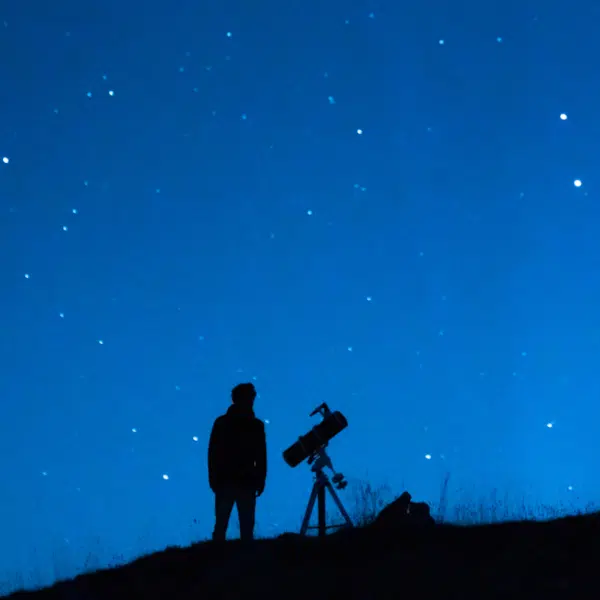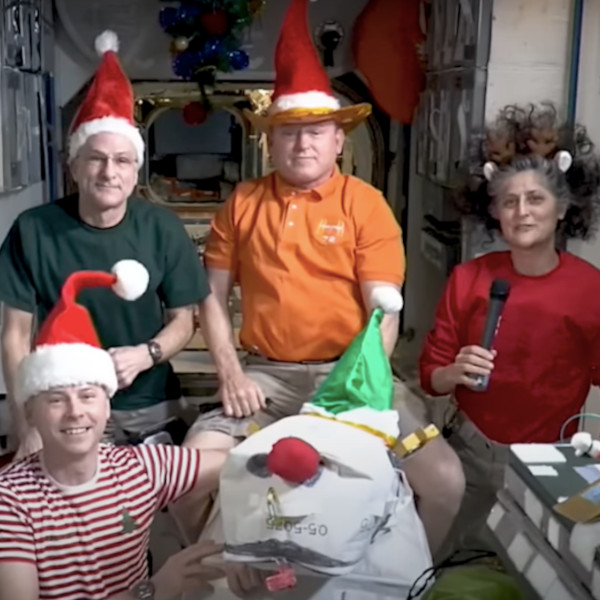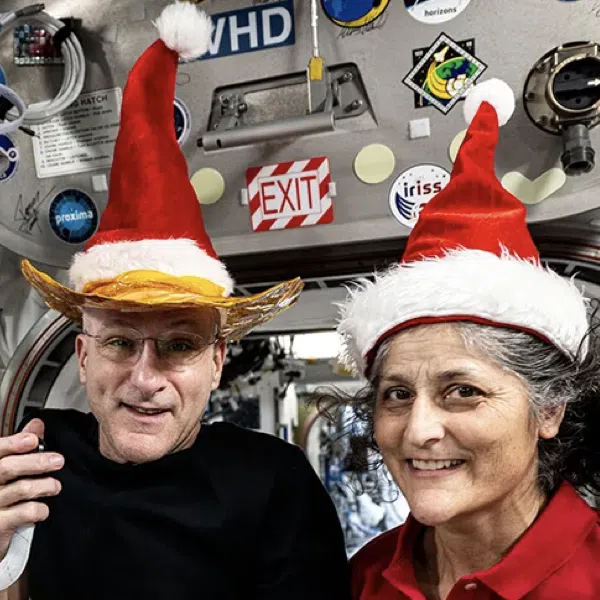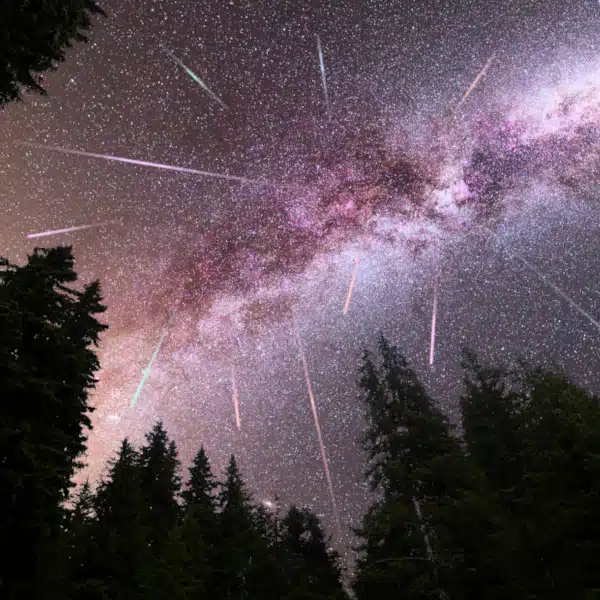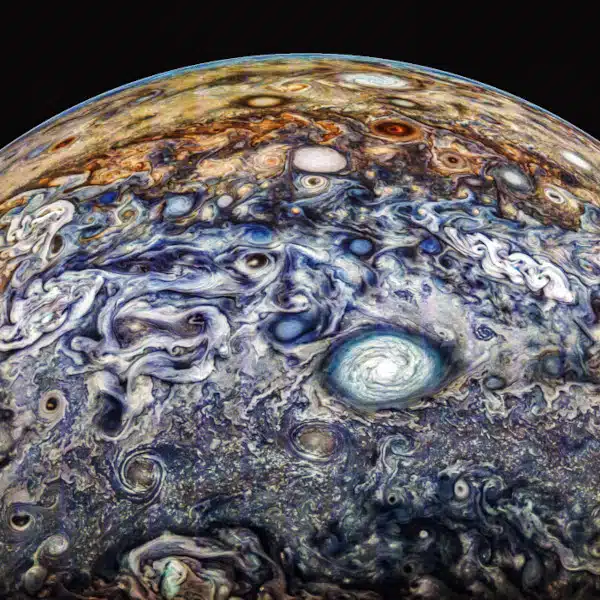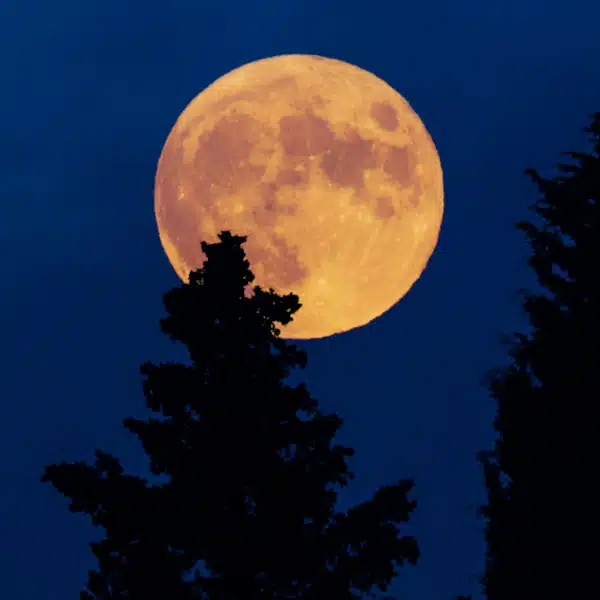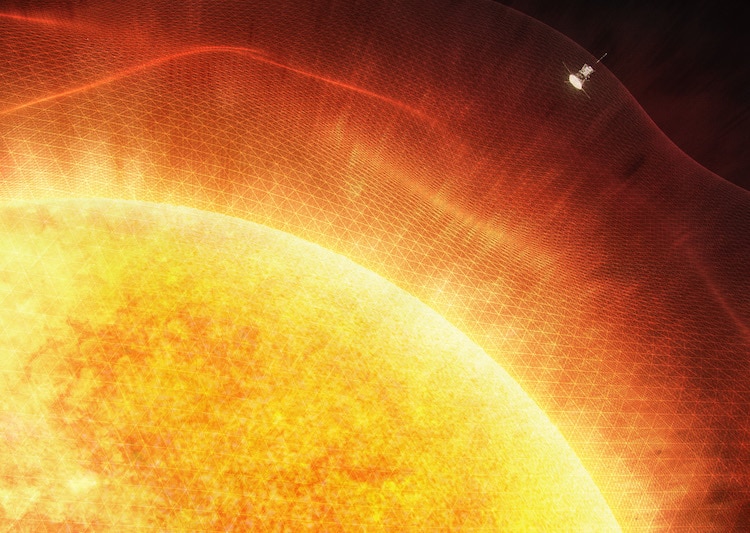
Artist rendering of Parker Solar Probe entering the Sun's corona. (Photo: NASA Goddard Space Flight Center/Joy Ng)
Solar science has taken a huge leap forward thanks to NASA's Parker Solar Probe. Launched in 2018, the probe has made history by entering the Sun's corona. This is the first time a spacecraft has ever “touched the Sun” and scientists are hoping that the particles and magnetic fields that the probe sampled will give them more insights into this star.
By flying through the Sun's upper atmosphere, the Parker Solar Probe is making an impact that NASA compares to humanity's first visit to the Moon. “Parker Solar Probe ‘touching the Sun' is a monumental moment for solar science and a truly remarkable feat,” said Thomas Zurbuchen, the associate administrator for the Science Mission Directorate at NASA Headquarters. “Not only does this milestone provide us with deeper insights into our Sun's evolution and its impacts on our solar system, but everything we learn about our own star also teaches us more about stars in the rest of the universe.”
What does it mean to “touch the Sun?” Well, it's a bit different than you might think. The Sun doesn't have a solid surface. Instead, its superheated atmosphere is made of solar material that is bound to the Sun by gravity and magnetic forces. Sometimes, rising heat and pressure push that material away from the Sun with such force that it breaks through the gravity and magnetic field. That moment, which is called the Alfvén critical surface, marks the end of the solar atmosphere and the beginning of solar wind.
This wind actually drags the Sun's magnetic field with it as it moves swiftly across the solar system. And, importantly, this wind moves so fast that its connection with the Sun is permanently severed. Until now, scientists did not understand where the Alfvén critical surface lay. Original estimates, based on remote images, placed it between 10 to 20 solar radii (4.3 to 8.6 million miles) from the surface of the Sun.
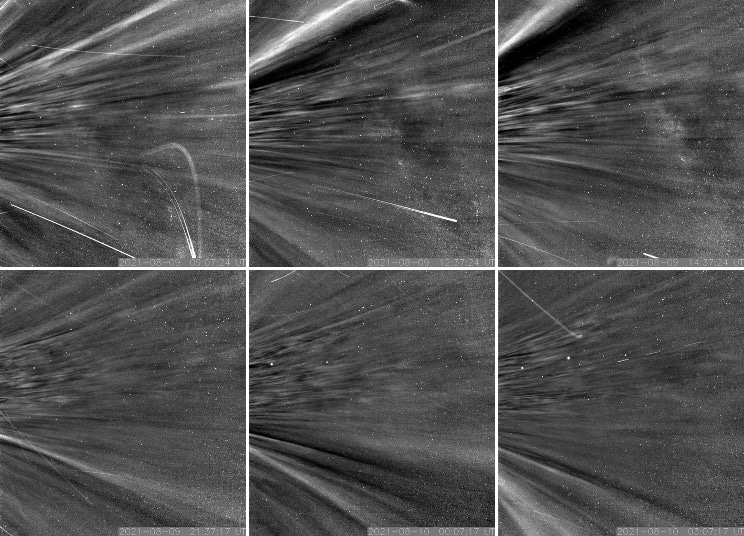
Parker Solar Probe image of coronal streamers, which until now have only been seen from afar during solar eclipses. (Photo: NASA/Johns Hopkins APL/Naval Research Laboratory)
Those estimates have now been narrowed by the Parker Solar Probe as, slowly over time, it's been passing closer to the Sun. During its eighth flyby in April 2021, it encountered specific conditions at 18.8 solar radii (around 8.1 million miles) that let researchers know it had crossed the Alfvén critical surface. By officially entering the solar atmosphere for the first time, Parker Solar Probe made history.
This moment is so important because, from this close vantage point, Parker will observe things that are impossible from afar. “Flying so close to the Sun, Parker Solar Probe now senses conditions in the magnetically dominated layer of the solar atmosphere—the corona—that we never could before,” said Nour Raouafi, the Parker project scientist at the Johns Hopkins Applied Physics Laboratory in Laurel, Maryland. “We see evidence of being in the corona in magnetic field data, solar wind data, and visually in images. We can actually see the spacecraft flying through coronal structures that can be observed during a total solar eclipse.”
This is just the first of many dips into the Sun's atmosphere that are planned for the probe. In the coming years, Parker will spiral closer to the Sun, eventually reaching as close as 8.86 solar radii (3.83 million miles) from the surface. The next flyby, planned for January 2022 will likely bring it into the corona once again, so stay on the lookout for more exciting developments.
Learn more about the Parker Solar Probe's history-making journey to the Sun's corona.
Related Articles:
Researchers Discover Mysterious Radio Signals from a Distant Galaxy
NASA Releases First Photo Ever Taken from Inside the Sun’s Corona
This Is the First Photo of a Black Hole and It’s a Huge Milestone in Science
NASA Successfully Landed a Spacecraft on an Asteroid for the First Time in History











































































